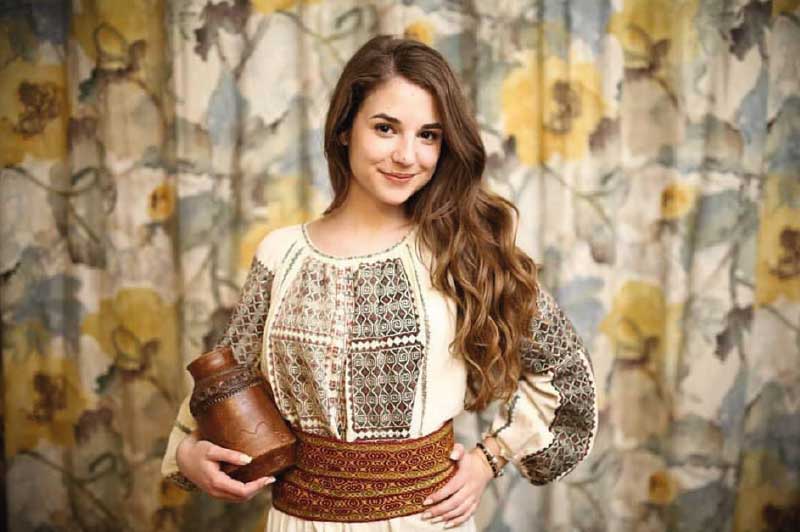
Romanian traditional clothing offers a beautiful window into Romania’s rich culture, history, and regional diversity. Often handmade and adorned with intricate embroidery, each garment tells a story about the community it originates from. With strong influences from ancient folk customs, pastoral life, and historical interactions with other cultures, Romanian attire is celebrated today as both a cultural treasure and a fashionable item sought by those wanting a piece of Romanian heritage.
In this article, we’ll explore the history, key elements, and unique regional styles of Romanian traditional clothing, providing insights into its cultural significance and the best ways to appreciate or purchase these garments as a visitor to Romania.
Historical Background and Cultural Significance
Romanian traditional clothing dates back centuries, with roots in ancient Dacian and Thracian attire, which evolved over time through influences from the Ottoman Empire, Slavic cultures, and Western Europe. Historically, these clothes were handmade, with each garment woven, dyed, and embroidered by hand—a labor-intensive process that often symbolized an individual’s skill, social status, and heritage. Clothing was not just for warmth or covering but a vital part of cultural rituals, seasonal festivals, and rites of passage.
Beyond aesthetic value, traditional clothing conveyed important aspects of life, including the wearer’s regional identity, marital status, and age. Today, these garments are treasured for their historical authenticity, unique regional patterns, and the craftsmanship that goes into each piece.
Key Elements of romanian traditional clothing
romanian traditional clothing consists of various garments worn differently by men and women, though each region has its unique variations. Here’s an overview of the main elements:
For Women:
•Ie (Blouse): The ie is a quintessential Romanian blouse with long, flowing sleeves adorned with intricate embroidery. Each region has distinct patterns and color schemes, with motifs often inspired by nature, such as flowers, leaves, and animals.
•Fotă or Catrință (Skirt): Worn over a petticoat, the fotă or catrință is a wrap-around skirt, often woven with specific patterns that align with the blouse. Sometimes made with wool for winter or lightweight fabric for summer, its decoration varies significantly by region.
•Brâu (Belt): A wide, usually woven belt that accentuates the waist, often with patterns or colors that contrast with the blouse and skirt.
•Maramă (Headscarf): In many regions, married women wear a headscarf or veil known as a maramă, particularly for traditional events or in more conservative rural areas.
For Men:
•Cămașă (Shirt): The men’s cămașă is similar to the women’s blouse but typically longer and simpler in embroidery. The neckline and sleeves often feature minor decoration.
•Ițari (Trousers): Men’s trousers, called ițari, are usually white or beige and made of wool or cotton. They are cut loose for comfort, especially for working outdoors.
•Vest or Coat (Cojoace): Many traditional outfits include a woolen vest or fur-lined coat, especially in colder regions like Maramureș and Bucovina.
•Bocanci or Opinci (Footwear): Men traditionally wore leather shoes called opinci, which are rustic and handmade, often fastened with leather straps around the legs.
Regional Variations: A Look at Traditional Clothing Across Romania
Each of Romania’s regions has its unique style, influenced by geography, historical interactions, and the local way of life. Here’s a deeper look into the main styles from Romania’s distinct cultural regions:
1. Maramureș
Maramureș, located in northern Romania, is famous for its wood-carved churches, folklore, and a deeply preserved traditional lifestyle. The traditional clothing from Maramureș reflects this rural life and is distinctive in both color and pattern.
•Women’s Attire: Women’s blouses are often embroidered with floral or geometric motifs in dark colors such as black, red, and green. Skirts, usually shorter than in other regions, are often layered with aprons decorated with colorful patterns.
•Men’s Attire: Maramureș men wear white, loose-fitting shirts and trousers, with vests made of leather or wool adorned with local symbols. They often wear clop, a straw hat specific to the region, symbolizing their rural heritage.
•Distinctive Features: Maramureș clothing stands out due to its bold colors and thick wool coats known as cojoace, essential for the cold mountain climate. The high-quality embroidery and woolwork make these clothes particularly desirable for collectors.
2. Bucovina
Bucovina, in northeastern Romania, is known for its painted monasteries and rich embroidery styles, which greatly influence the traditional clothing of the area.
•Women’s Attire: Women’s blouses are often elaborately embroidered with motifs in shades of black, brown, or cream. Bucovina blouses are unique for their delicate patterns, often inspired by the region’s natural landscapes.
•Men’s Attire: Men in Bucovina traditionally wear embroidered shirts with leather belts and vests decorated with fur for winter. The bundiță, a sleeveless jacket adorned with colorful designs, is particularly popular in Bucovina.
•Distinctive Features: Bucovina clothing is known for its muted earth tones and emphasis on complex embroidery that requires a great deal of skill, reflecting the community’s emphasis on artistry and detail.
3. Transylvania
Transylvania, perhaps the most internationally recognized region of Romania, is rich in history and cultural diversity. Its traditional clothing reflects Hungarian, Saxon, and Romanian influences.
•Women’s Attire: Transylvanian blouses, or ii, often feature large, colorful floral motifs with a mix of red, blue, and green. The skirts are usually long and layered, with aprons woven in bright colors.
•Men’s Attire: Men’s clothing includes white shirts with colorful embroidery and long woolen coats. In some parts of Transylvania, men also wear hats decorated with feathers or colored ribbon.
•Distinctive Features: Transylvanian clothing is more colorful and heavily embroidered than in other regions, reflecting the influences of various cultures and a vibrant local tradition.
4. Oltenia
Oltenia, located in southern Romania, has clothing that is bright and highly decorated, reflecting the lively spirit of the region.
•Women’s Attire: Women from Oltenia wear blouses with bright, eye-catching designs often featuring gold or silver thread. The skirts are vibrant and sometimes feature horizontal stripes in bold colors.
•Men’s Attire: The men’s attire includes heavily embroidered shirts with unique patterns around the neckline and cuffs, sometimes in bright colors like red or blue.
•Distinctive Features: Oltenia’s traditional dress is one of the most ornamental, with metallic threading and rich embroidery that speaks to the region’s cultural pride.
5. Banat
Banat, in southwestern Romania, is known for its sophisticated, heavily embellished traditional clothing.
•Women’s Attire: Banat clothing for women is especially luxurious, featuring fine materials such as silk and velvet. The blouses are heavily embroidered, often in white or gold threads. Women also wear distinctive jewelry, such as beaded necklaces or metal pendants.
•Men’s Attire: Men in Banat wear fitted shirts and trousers with embroidered belts. The attire is generally more structured and elegant than in other regions.
•Distinctive Features: Banat’s traditional clothing has a more formal, elegant aesthetic, with an emphasis on intricate detailing and fine materials, reflecting the region’s historical affluence.
The Role of Embroidery and Motifs
Embroidery is the heart of Romanian traditional clothing, with each region’s designs representing local legends, spirituality, and nature. Motifs vary widely:
•Floral Patterns: Common across many regions, floral designs symbolize life, growth, and prosperity. The motifs can range from abstract shapes to realistic representations of local plants and flowers.
•Geometric Designs: Especially prominent in Maramureș and Bucovina, these designs are often stylized symbols of the sun, earth, and stars, connecting the wearer to the natural world.
•Animal Motifs: Birds and animals are sometimes embroidered, symbolizing freedom, strength, or fertility. Certain regions, like Oltenia, incorporate animal motifs more than others.
These patterns were traditionally passed down from generation to generation, with each family often developing its own variations.
How to Buy Authentic Romanian Traditional Clothing
For those interested in purchasing Romanian traditional clothing, here are some tips to ensure authenticity and quality:
1. Buy from Local Artisans: Many rural communities still practice traditional weaving and embroidery. Local artisans, often found at markets or folk festivals, sell genuine, high-quality pieces that support local craftspeople.
2. Visit Cultural Centers or Museums: Museums like the Village Museum in Bucharest or the Ethnographic Museum in Cluj-Napoca have shops where traditional garments are sold. These items are often curated and authenticated, providing assurance of their cultural and material authenticity.
3. Look for Handmade and Natural Materials: Authentic pieces are made from natural materials like cotton, linen, and wool and are hand-embroidered. Machine-made replicas are available but lack the same cultural and artistic value.
4. Attend a Festival: Traditional clothing is often sold at Romanian folk festivals, like the Sighişoara Medieval Festival or the Hora de la Prislop festival. These events offer a fantastic opportunity to view regional styles in their traditional setting and buy clothing directly from artisans.
Conclusion: Experiencing Romanian Traditional Clothing as a Visitor
Romanian traditional clothing offers visitors a vibrant and meaningful way to connect with the country’s diverse heritage. Whether you’re drawn to the rich embroidery of Bucovina, the colorful patterns of Oltenia, or the elegant styles of Banat, each piece represents a unique slice of Romanian history. By purchasing authentic clothing and learning the stories behind each garment, visitors can bring a part of Romania’s spirit home with them, ensuring that this beautiful tradition continues to thrive.
____________________________________________
If you need a guide, if your are looking for a tour around Romania, read this article. Click here! Or contact us.
You may as well learn more about where did Vlad Tepes live, and especially about Targoviste, the city where Vald Tepes settled and had his real Castle (not Bran castle). Click here to learn more about Targoviste.


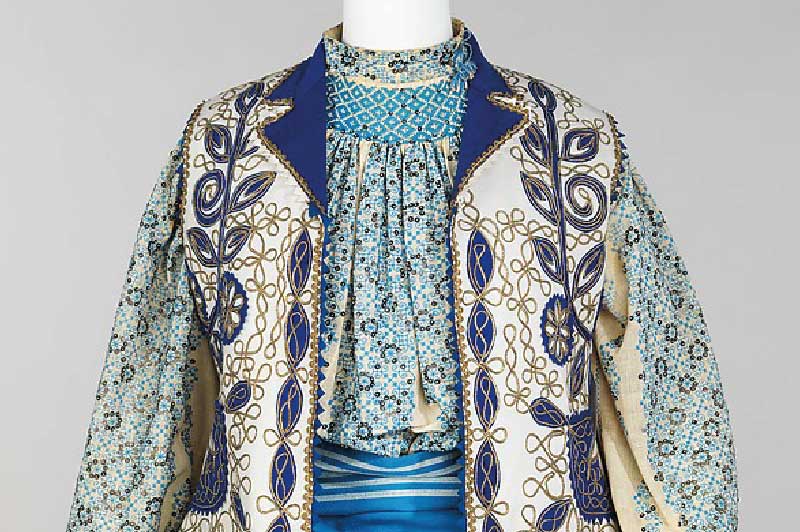
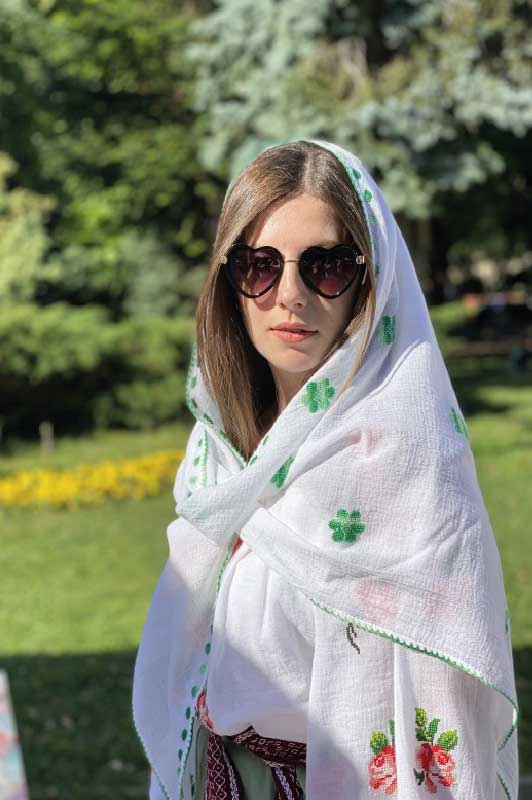
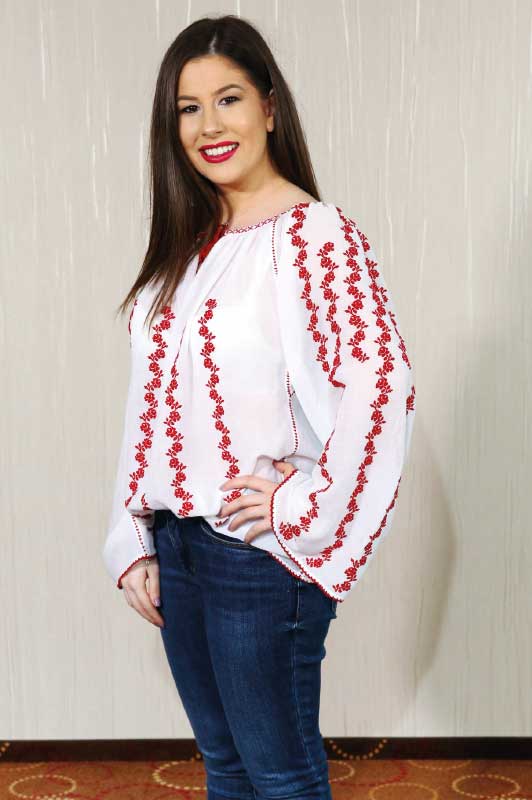

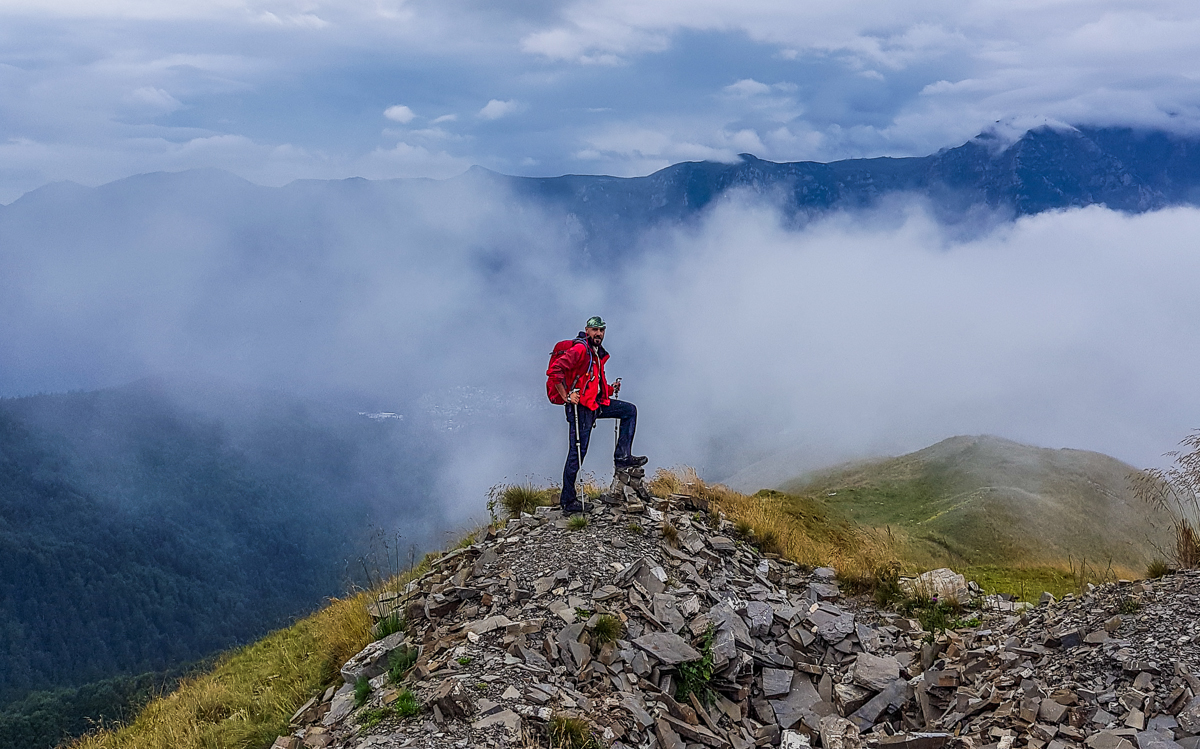

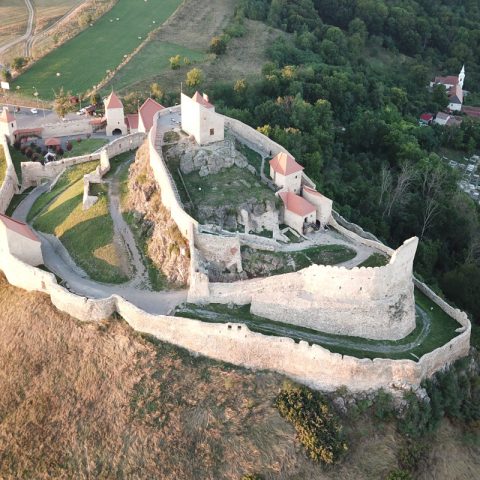
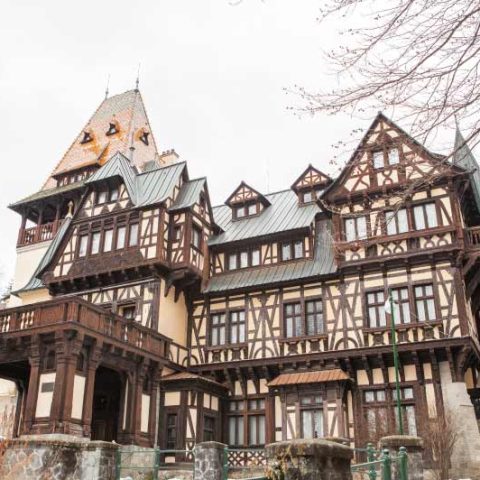
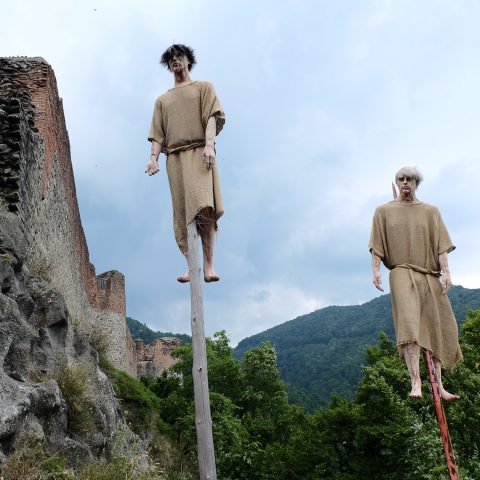











Leave a Reply